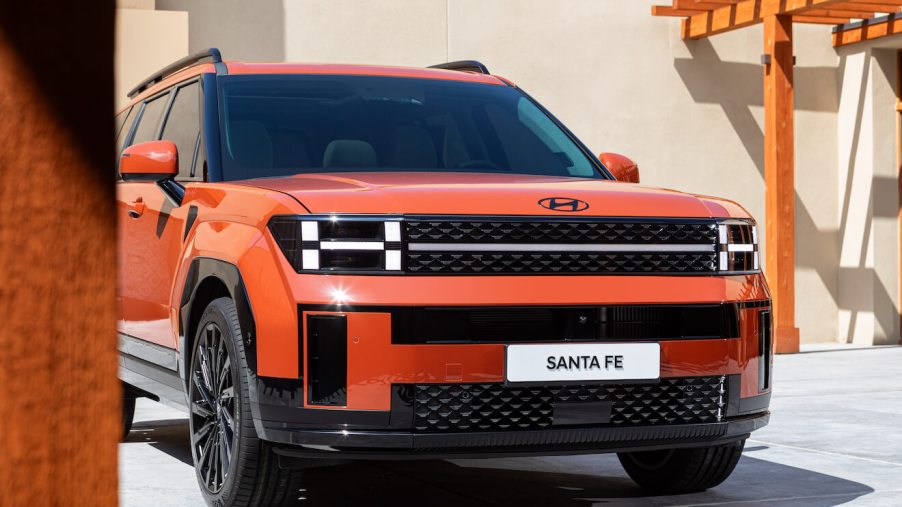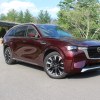
How Realistic Is the Starting Price for the Hyundai Santa Fe?
Looking at the MSRP is rarely an accurate price predictor when shopping for a vehicle, and it’s no different when shopping for the Hyundai Santa Fe. However, after you get past the freight charge on Hyundai’s website, the listed price is pretty accurate. It is much easier to calculate the starting price than to figure out how much a fully loaded 2023 Hyundai Santa Fe Hybrid costs.
Why Hyundai’s MSRP is rarely accurate
The biggest problem with Hyundai’s starting MSRP is that it doesn’t include freight charges. A freight charge or destination fee is an equalized fee that divides the cost of shipping all Hyundai Santa Fe models, so everyone pays the same price to get the vehicle delivered. The price for the Hyundai Santa Fe Hybrid is $1,335.
That means the most basic “Blue trim” option for the Santa Fe actually starts at $37,545. If you’re trying to budget and begin with the stated MSRP of $36,210, this is a significant difference. However, most people select options that increase the price above and beyond MSRP and freight charges.
The only other cost some people may not be surprised by is the different costs for different colors. The Santa Fe Hybrid has seven color options, and two of those options add $450 to the price tag. Those colors are Serenity White and Calypso Red.
The reason the increased cost of some exterior colors is surprising is that Hyundai doesn’t differentiate the cost for color changes anywhere else in the vehicle. Shimmering Silver, Stormy Sea, Twilight Black, Portofino Gray, and Hampton Gray are all included in the cost. Future Santa Fe Hybrid owners can choose between a grey or black interior with no extra charge. But red or white exteriors will cost extra.
The Hyundai Santa Fe Hybrid price is transparent
Unlike many car manufacturers that nearly strip their base models to an engine with seats and wheels, the Hyundai Santa Fe Hybrid base model isn’t bad. It has a 1.6-liter turbocharged GDI four-cylinder hybrid engine with Hyundai’s HTRAC AWD. It gets better gas mileage than the higher trim models, and it has creature comforts such as a smart liftgate, wireless device charging, and blind spot collision assist. In other words, the Santa Fe base model isn’t stripped.
Of course, the base trim also has options. The most popular add-ons are carpeted floor mats, mudguards, and a tow hitch. All three cost less than $1,000 combined.
Santa Fe drivers who choose the Limited or SEL Premium trims get slightly lower MPG, but going from 36 MPG to 33 MPG in the city and from 31 MPG to 30 MPG on the highway is not significant. The Santa Fe model has been called a “fuel-sipping bargain.”
There are no major engine changes between the models, but the headroom, track width, and weight of each trim differ. In fact, legroom is one of the things that sets the Santa Fe apart from the Toyota RAV4.
The highest trim model does have a panoramic sunroof, leather-trimmed seats, ventilated front seats, and heated rear seats. And let’s not forget the premium Harman Kardon sound system available in the SEL Premium and Limited trims. However, these features are much more than anyone should expect with a base model.
The starting price for the Hyundai Santa Fe is realistic
After you get past the freight charges and the extra charge for two paint colors, Hyundai’s base model Blue trim is realistic. It reflects new expectations by car buyers who want to get a comfortable vehicle and save money. The trend of stripping base models to instigate the purchase of higher trim levels may be ending as automobile manufacturers realize that people no longer want a new car unless it has what is considered to be the updated norm for automobiles in 2023.



